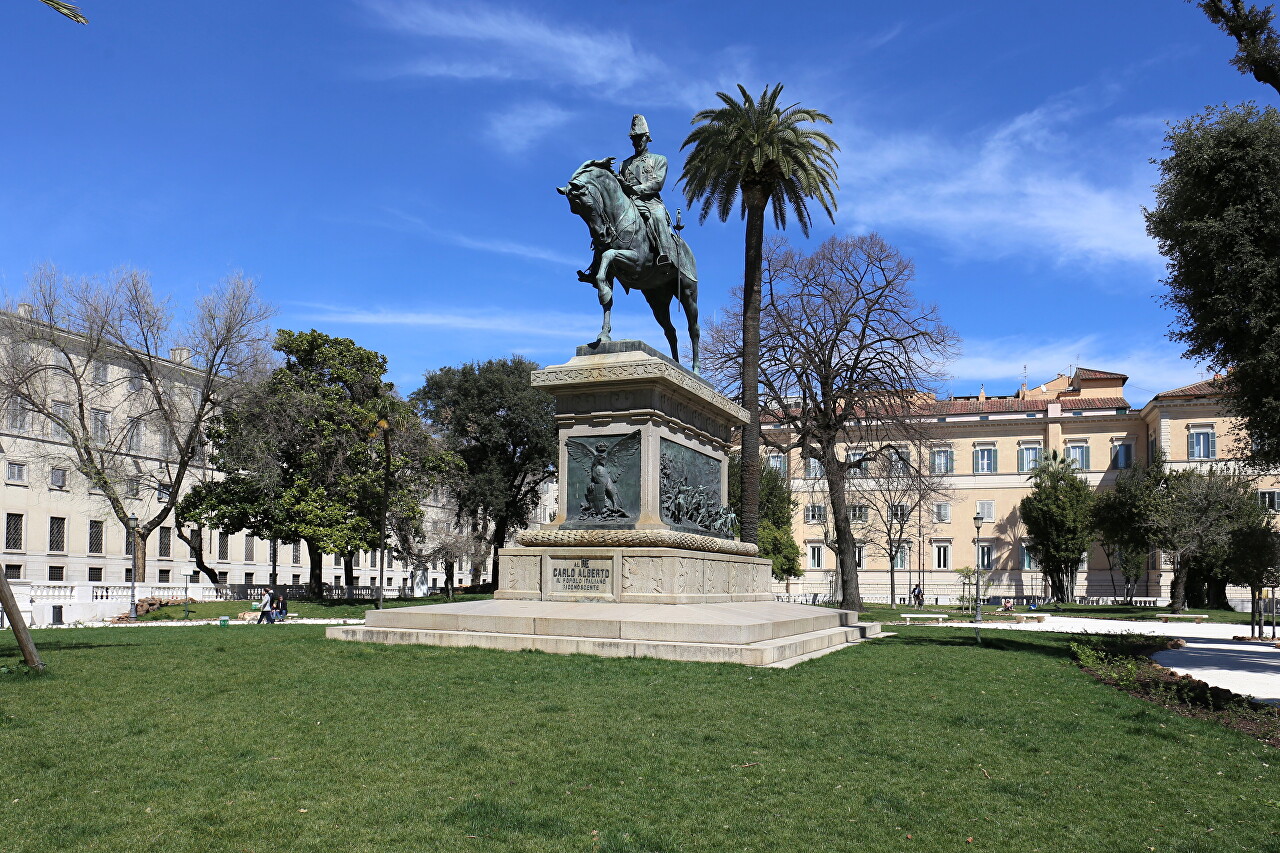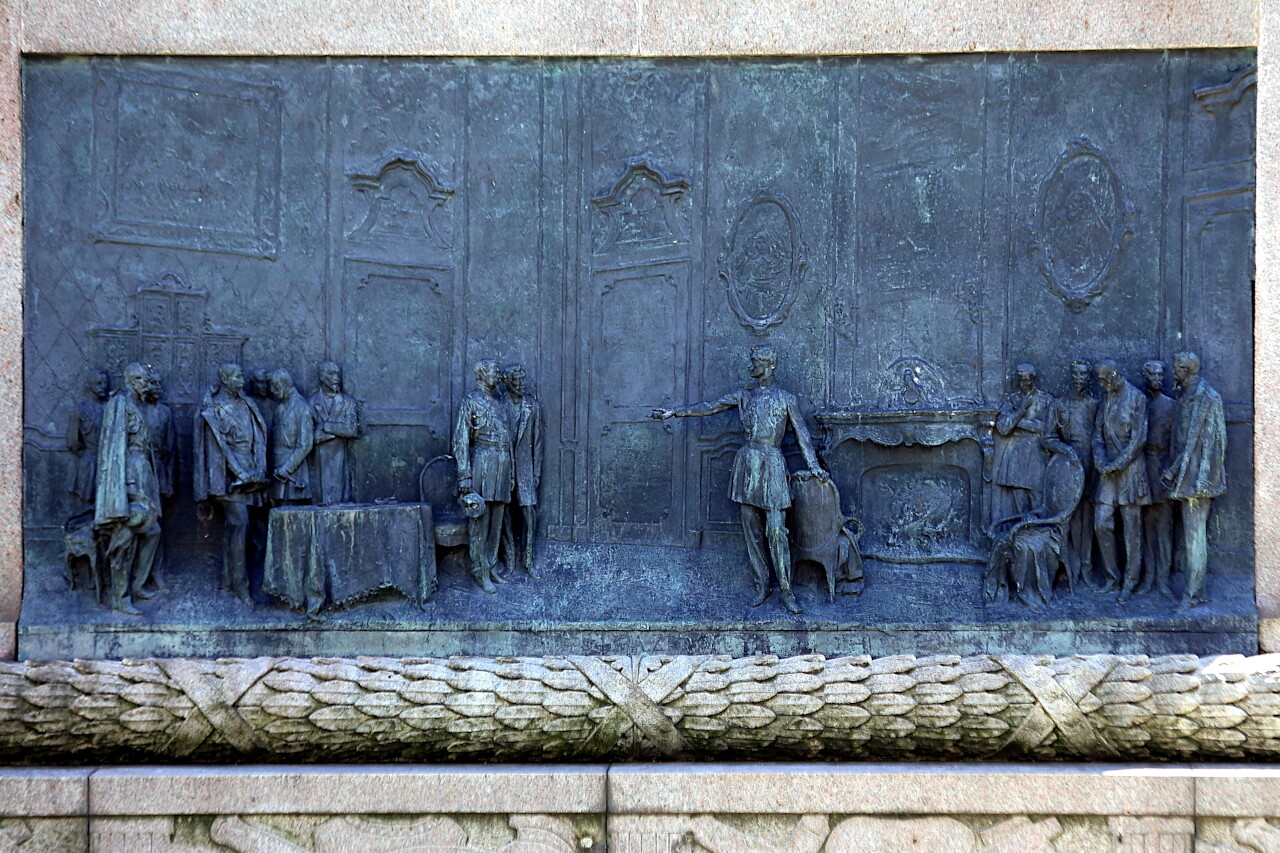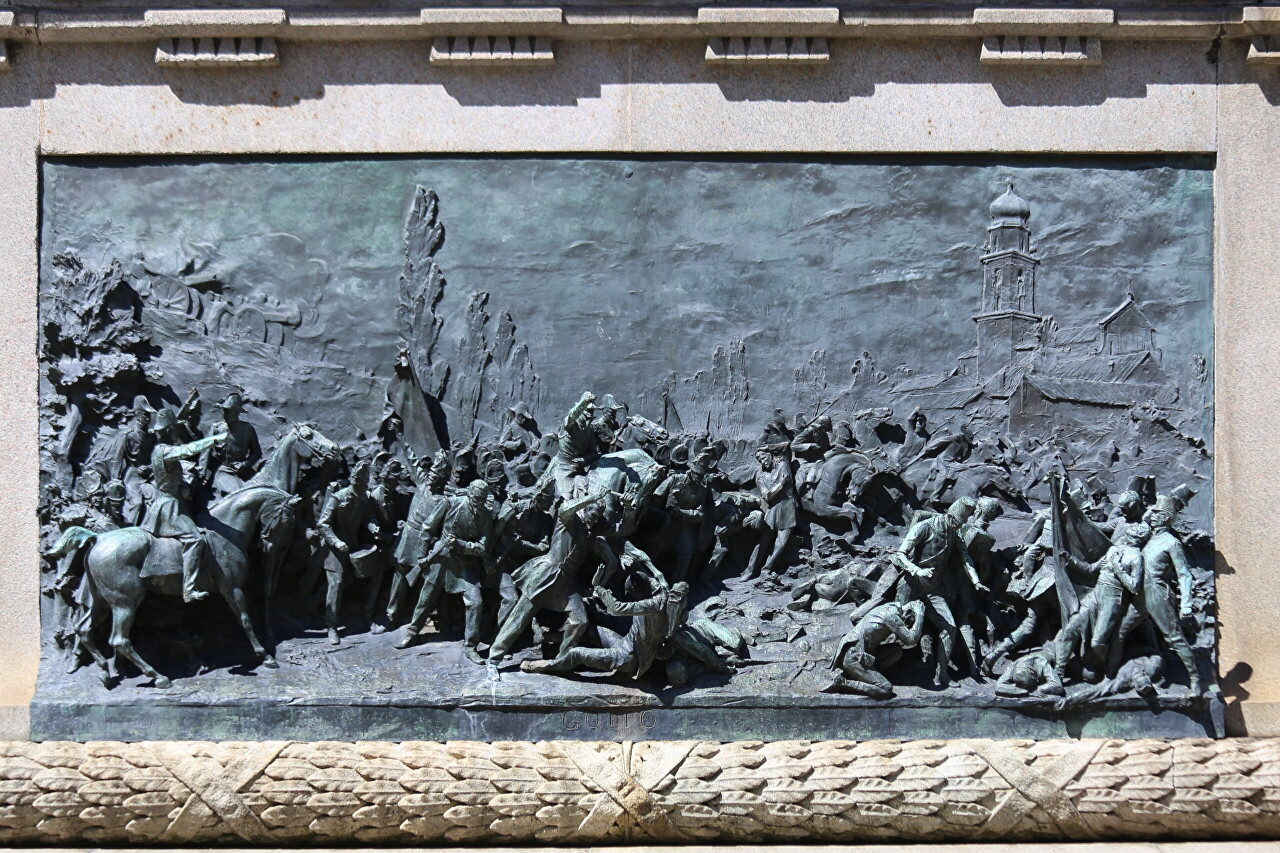Monument to Charles Albert of Sardinia
In the center of the Quirinale Garden, a monument to King Charles Albert was unveiled on March 14, 1900, after which the garden also received his name. The equestrian statue was commissioned by sculptor Raphael Romanelli two years earlier to mark the centenary of the king's birth. The opening ceremony was attended by his nephew, King Umberto I and Queen Margherita, ministers, parliamentarians, the city Council, diplomatic missions of Austria, Russia, Japan, as well as various representatives of municipalities and associations. The opening of the monument almost ended in a scandal: after the fire brigade removed the cover from the monument, it was discovered that the statue was missing some elements: the right stirrup, bridle and saber.

Charles Albert (Carlo Alberto di Savoia-Carignano) was born on October 2, 1798 in Turin, and was King of Sardinia from 1831-1849. At that time, Italy consisted of 8 states under the control of the Austrian Empire. In 1848, a bourgeois revolution took place in Italy, which also called for the expulsion of the Austrian troops and the unification of all the Italian states led by Karl Albert.

During the battles with the Austrian troops of Marshal Radetsky, Karl Albert proved to be a talented commander, winning the battles of Pastengo, Goito, Rivoli, but his troops were defeated at San Donato and Custozza. The king signed an armistice, while Austria retained full control of Northern Italy. This caused great popular indignation, which threatened to overthrow Karl Albert.

Then he broke the armistice and declared war on the Austrian Empire, hoping to become the head of a united Italy if successful. After several battles, his army was completely defeated. In 1849, Charles Albert abdicated in favor of his son and went to Portugal, where he died of an illness the same year. His son, Victor Emmanuel II, continued his father's work and became the first king of a united Italy.
